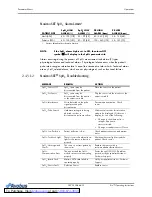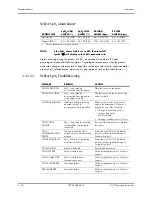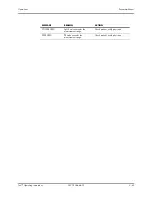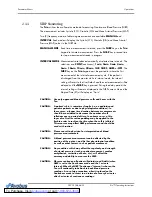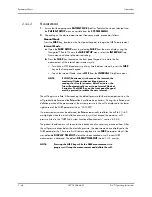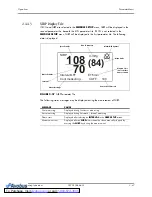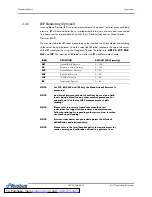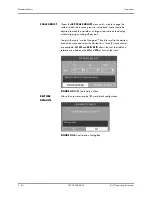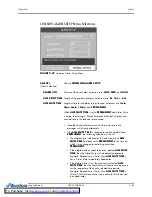
Trio™ Operating Instructions
0070-10-0666-01
2 - 51
Operations
Parameter Menus
Other Factors
An accurate determination of blood pressure can be difficult to obtain if a patient's cardiac
rhythm is irregular. Irregular cardiac rhythm changes the stroke volume from beat to beat.
This changing stroke volume may increase the time it takes to complete a measurement cycle.
Newborn NIBP Technique
Newborn patients present unique obstacles to NIBP measurement. Their vital signs can
change frequently and their physiological signals are prone to noise interference. The
following suggestions will help to obtain the best possible NIBP measurement.
1.
Try to measure infants when they are calm. A kicking/crying baby may disturb or
dislodge the cuff causing noise within the system and as a result, yielding unstable blood
pressure readings. If necessary, hold the cuffed limb steady, but do not impede
circulation; do not hold onto the cuff and do not pat the cuffed limb to comfort the child.
2.
Try placement on the baby's calf. Irritable newborns will react to cuff pressure on the
arm, but may better tolerate placement on the calf. Place the cuff just above the ankle.
3.
Use the correct size Newborn and Infant size cuffs. When applying, verify the cuff’s
Index line falls between the Range lines.
4.
Use disposable cuffs. Disposable cuffs are more pliant than the reusable ones. They
generally fit smaller infants better.
5.
Gently place the cuff on the patient. If the cuff is too snug, it won't work properly. On
infants, the cuff should easily move over the limb.


